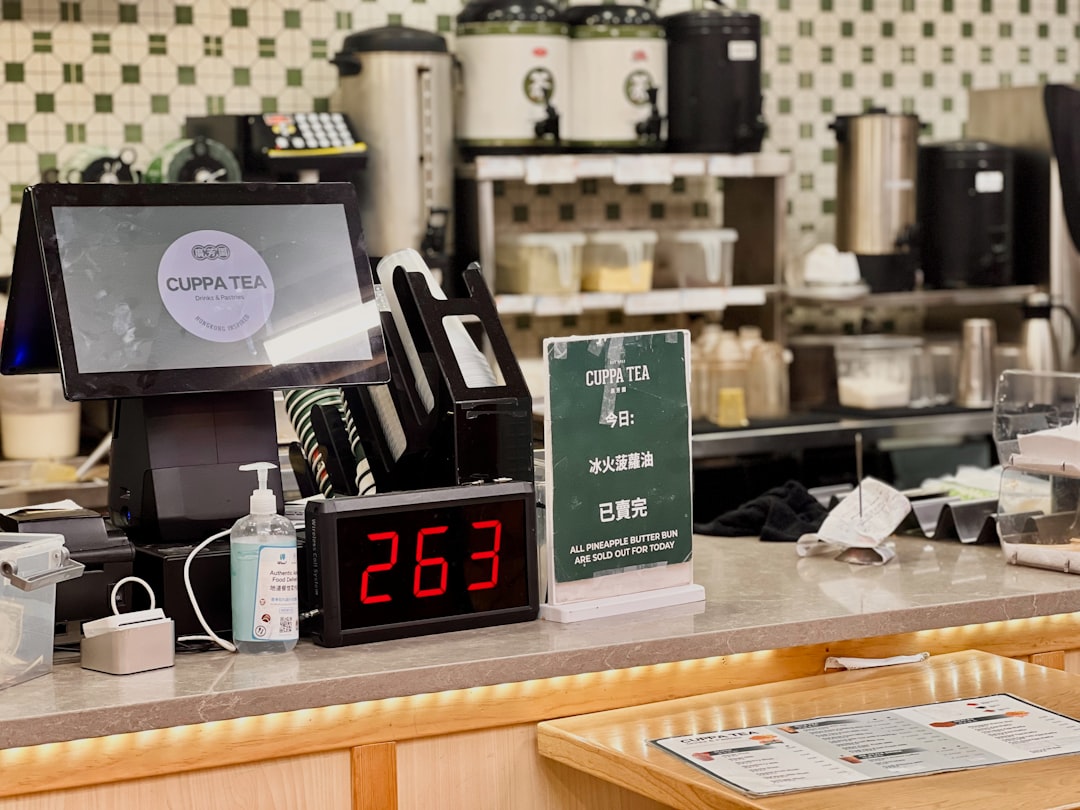Your POS touches every dollar and every guest. If it's slow or siloed, you're paying for it—often more than an upgrade would cost.

This page walks through real numbers: upfront and recurring costs, ROI and payback, impacts on sales, accuracy, labor, and satisfaction, plus risks, benchmarks, and a simple decision framework.
Upgrading doesn't have to mean a budget shock. Most restaurants fall into these ranges:
Typical first‑year totals
Hardware per terminal (3–5 year life):
Software
Payment processing
Setup, training, and downtime
Maintenance and compliance
Rule of thumb: recurring POS costs (software + processing) often land at 1.5%–3.5% of revenue or $1,500–$5,000 per location/year, depending on volume and contract terms. Sources: MyRestro, UpMenu.
Throughput and online sales uplift: 3%–8% revenue increase via faster ordering and integrated online channels
Order accuracy improvement: 20%–35% fewer errors
Labor efficiency: 5%–12% reduction in hours through smoother workflows and fewer re‑fires
Average ticket size: +4%–7% from prompts and modifiers
Table turnover: service time reduced by 10–15 minutes; +8%–12% covers for a 50‑seat room
These gains compound when your POS unifies delivery, online ordering, loyalty, and analytics. See the operational upside in our guide on the advantages of pos system in restaurant and how to act on live data with real-time analytics for restaurant management.

Use these simple formulas with your numbers:
Example scenarios for a $300k/year location, $18/hour average wages:
Assumptions and sources: BPA POS 2025, BLS food service wages, uplift ranges from MyRestro.
If you're exploring options, our roundup of the best restaurant POS systems 2025 includes total cost levers and pos system comparisons for restaurants.
40‑seat diner: 28% error reduction and 9% labor cost decrease within 6 months after upgrade; ~$3,200 upfront
Food truck chain (3 units): 11% sales increase from integrated online ordering; $1,800/year cheaper than legacy
Two‑location café: card processing fees dropped from 3.2% to 2.6%; $1,400 annual savings
Eight‑location franchise: 12% faster turns; +$42k revenue on $28k implementation
For broader adoption context, see the National Restaurant Association's 2024 tech reports.
Implementation delays: ~40% of projects slip
Staff resistance and training gaps: 65% of failed rollouts cite training
Integration gaps (delivery, loyalty, payroll): 30% report incompatibilities
Price creep after Year 1: 78% of SaaS contracts increase
Compliance exposure
Upgrade if any are true:
If you're evaluating systems, check our guide to how to choose a pos system for restaurants and the role of data-driven decision making in restaurants.
Spindl is an all‑in‑one platform that consolidates POS, delivery, online ordering, loyalty, and real‑time analytics in a single device, reducing tool sprawl and training time. Operators report fewer errors, faster onboarding, and lower total tech spend.
Or start with the fundamentals on our pos resource hub.
Calculate your current POS TCO
Audit integration needs
Run a 5‑minute staff survey
Request vendor quotes with a 3‑year view
Verify compliance before you sign
Pilot in one section for two weeks
If you want a single platform that checks these boxes, explore pos software. For broader comparisons, see our pos system comparisons for restaurants. And if you're building a data culture, start with role of data analytics in restaurant operations.
Ready to see whether consolidation and real‑time analytics could pay back in under a year? Get the details at spindl and book a walkthrough tailored to your menu mix, labor model, and delivery channels.
